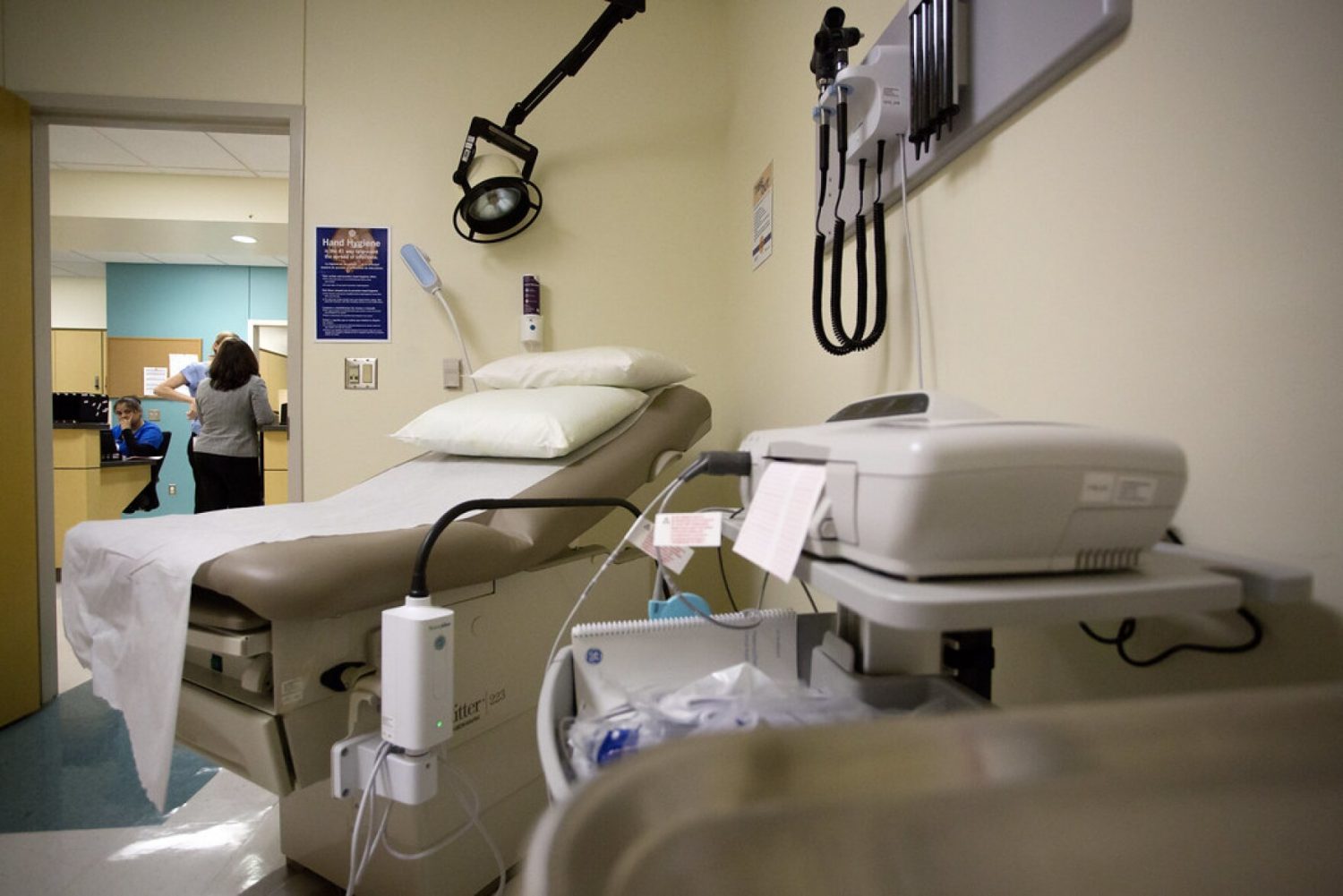


The issue of underfunding in school districts in Harris County, Texas has been highlighted in a recent analysis by Ruth Lopez Turley, director of Rice University's Kinder Institute for Urban Research. Turley's analysis of data from the School Finance Indicators Database reveals that all but one school district in Harris County are underfunded. The analysis further indicates that districts with a low percentage of white students face the largest spending gaps, with these districts spending only about half of what is needed to achieve average performance [570171d1].
The findings of Turley's analysis underscore the need for greater investments in local schools and a more equitable distribution of funding to close achievement gaps. The underfunding of school districts in Harris County has significant implications for the quality of education and opportunities available to students in these districts. It highlights the urgent need for policymakers to address the funding disparities and ensure that all students have access to the resources and support they need to succeed.
This analysis adds to the growing body of evidence highlighting the issue of underfunding in public schools across the United States. Insufficient funding has been shown to have a detrimental impact on student outcomes, exacerbating existing inequities in education. Addressing the underfunding of school districts is crucial for creating a more equitable education system and providing all students with the opportunity to thrive.
A new report conducted by researchers at the Episcopal Health Foundation (EHF) found that growing disparities in healthcare access and affordability in Harris County, Texas, cost the county nearly $1.7 billion in 2020. These disparities caused thousands of premature deaths, resulting in over 99,000 years of lost life. Low-income Texans and underserved communities of color tend to have the poorest health outcomes due to a lack of access to affordable health insurance coverage and community investment. The financial impacts of unequal access to healthcare are felt at every level of Texas' economy, with employers bearing costs from lost productivity and higher health insurance premiums, and state and local governments seeing an escalation in healthcare spending for programs serving low-income Texans. Overall, health disparities cost Texas nearly $8 billion in 2021, and this cost is expected to increase by over 80% in 2050, with an estimated $13.9 billion hit to the future state economy. Increasing access to affordable health insurance, investing in under-resourced neighborhoods, and promoting policy changes that promote health equity are suggested as ways to reduce the growing gap in health outcomes [961e5768].
Since the expiration of COVID-19-related provisions requiring states to keep residents enrolled in Medicaid, an estimated 2.1 million Texans have lost their coverage. Texas has the highest number of uninsured in the country and has removed significantly more individuals from coverage than any other state. The state loses $58.9 billion in annual gross product and almost 509,200 jobs if the situation persists. Texas is among the most difficult states to qualify for Medicaid and has not expanded Medicaid under the Affordable Care Act. Expanding health insurance coverage using available federal funds could alleviate the problem and support the state's health care system, providing economic and fiscal gains and better access to health care for millions of Texans [abc33415].